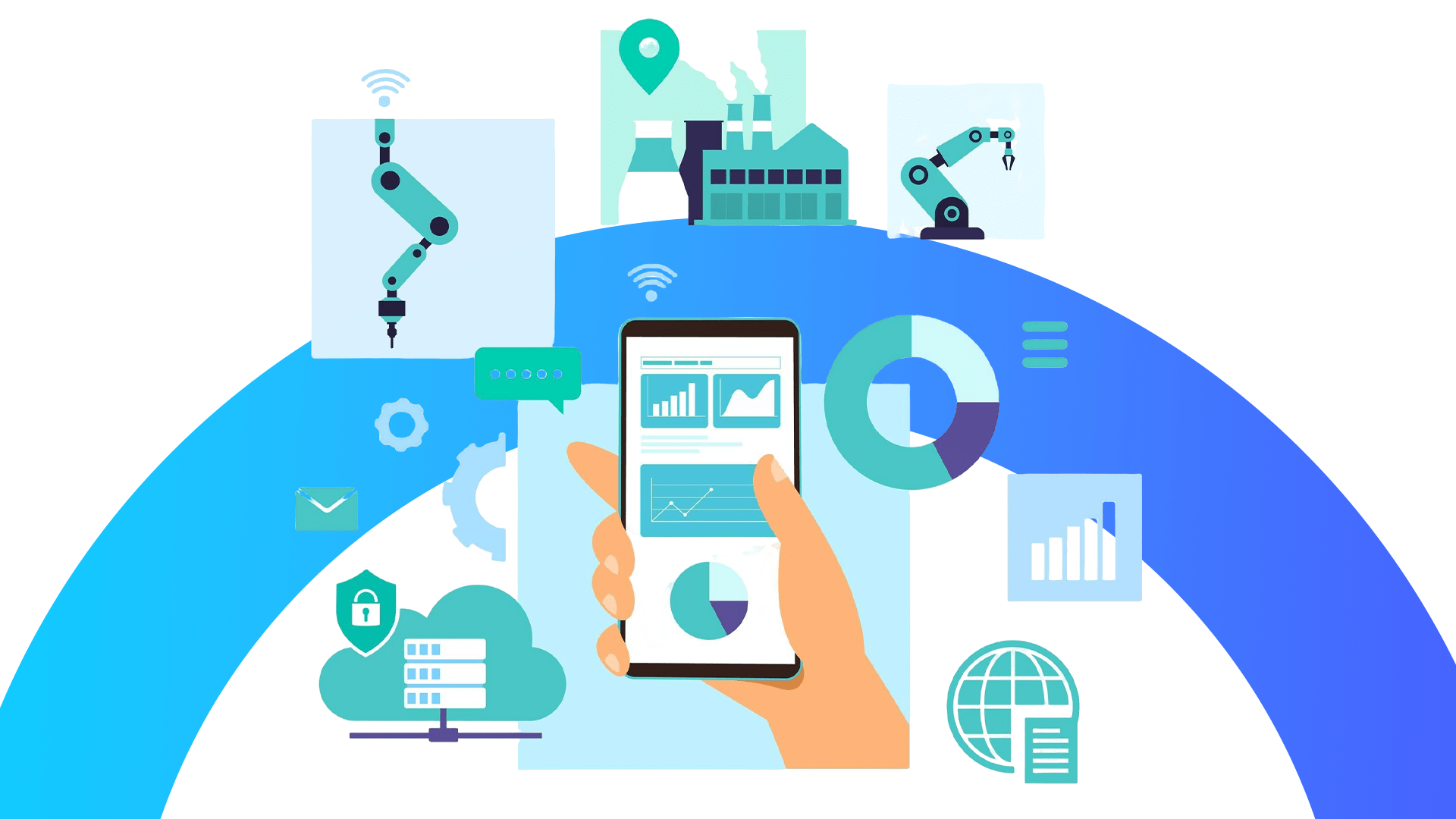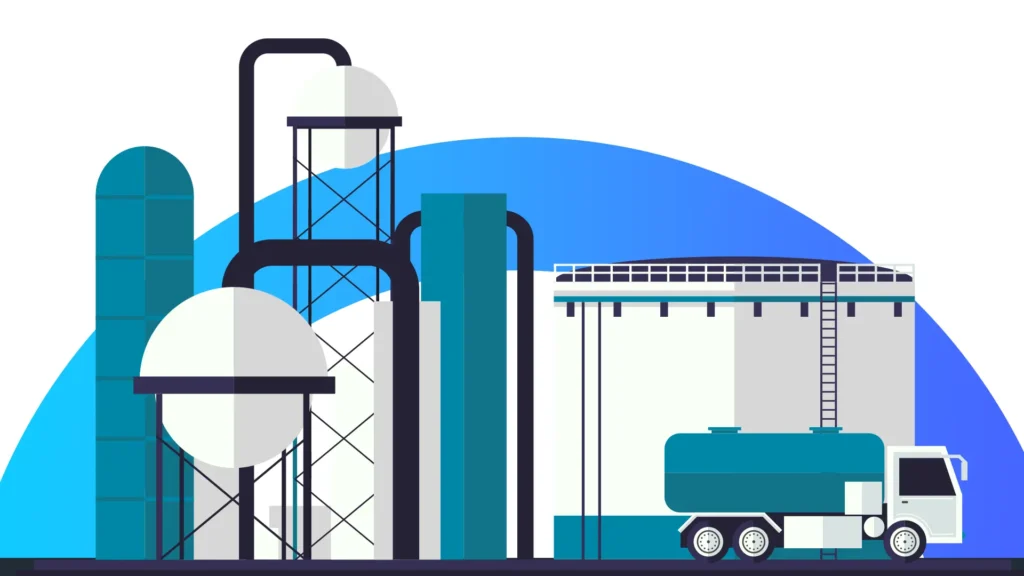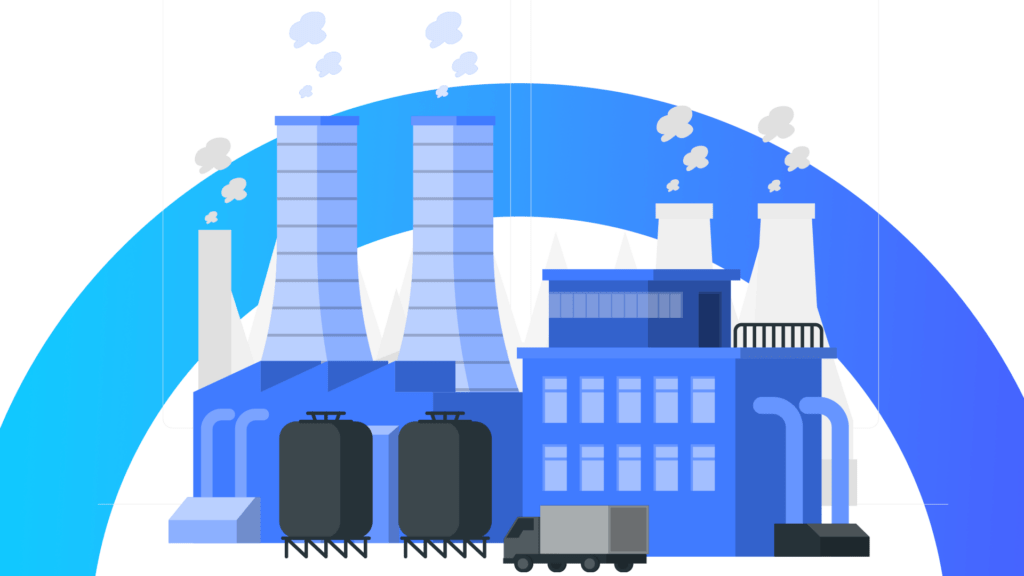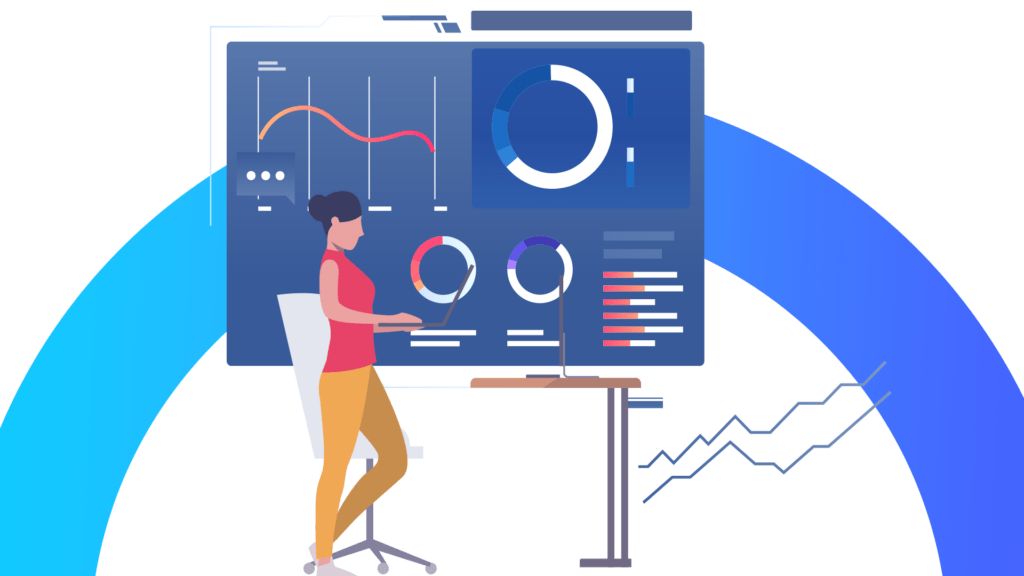These virtual models mirror real-world entities to optimize performance, enable predictive maintenance, and drive innovation. Discover how digital twin works and learn about data integration, real-time updates, and actionable insights revolutionizing industries.
Introduction
A digital twin is like having a digital doppelgänger for any physical object, system, or process. It’s a dynamic virtual model that mirrors real-world entities in a digital environment to analyze, monitor, and optimize performance. Let’s break down how digital twin works and explore their core components and technical processes.
Gathering data: The starting point
Think of sensors as the eyes and ears of a digital twin. These sensors are attached to the physical object and collect all kinds of real-time data—temperature, pressure, vibrations, and more. For example, in a manufacturing setting, sensors on machinery track operational conditions such as heat levels and output efficiency. This constant stream of data is the foundation that makes the digital twin accurate and useful.
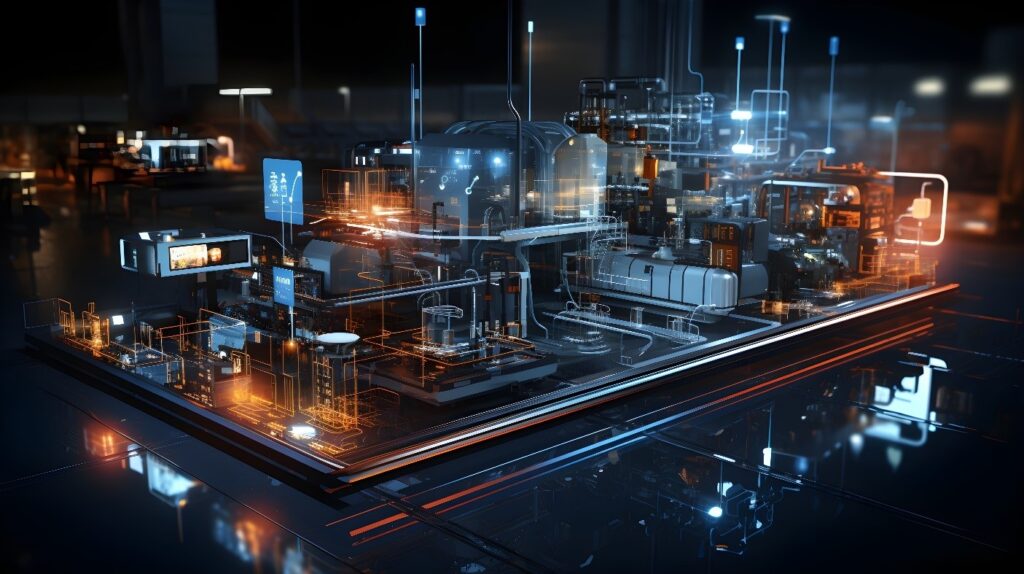
Data integration: Unifying diverse inputs
Once the data is collected, it needs to go somewhere. Collected data flows to a centralized platform, where it integrates with additional information sources. It’s like pulling pieces of a puzzle from different boxes and assembling them into one clear picture. These sources may include historical records, engineering blueprints, and environmental variables. Data integration combines disparate datasets into a coherent structure. Cloud platforms and edge computing technologies often facilitate this step, ensuring seamless data transfer and accessibility.
Building the twin: Modeling and simulation
Engineers and developers use data to create a virtual model of the physical entity. This virtual model doesn’t just look like the object but also behaves like it. Advanced tools, like digital twin AI and physics-based algorithms, ensure the model acts just like the real thing. Imagine creating a digital version of a jet engine. It can simulate stress, wear, and even failures under different conditions—all without touching the actual engine.
Staying in sync: Real-time updates
The digital twin doesn’t stop at being a one-time model. It’s constantly updating itself to match the real-world object. Real-time synchronization ensures the virtual model reflects the current state of its real-world counterpart. Whenever the sensors pick up changes—like a spike in temperature or a drop in performance—the digital twin reflects those changes immediately. This live connection is a game-changer for making quick, informed decisions.
Analytics and insights: Turning data into actionable information
With the digital twin up and running, next comes analysis. Digital twins enable advanced data analysis, unlocking insights that drive optimization. Predictive maintenance identifies potential equipment failures before they occur. Performance optimization adjusts operating conditions to improve efficiency. Engineers can also test different scenarios to see what works best. For example, energy companies use digital twins to optimize power grids, ensuring electricity flows efficiently and reliably. It’s like having a crystal ball that shows what will happen before it does.
Feedback loop: Bridging digital and physical worlds
Here’s where things come full circle. The insights from the digital twin aren’t just for show—they drive real-world changes. Through insights derived from the digital twin, changes are informed in the physical object. For example, adjustments made to the twin’s parameters can guide real-world modifications. This feedback loop creates a cycle of continuous improvement. It enhances reliability, reduces downtime, and supports innovation by testing new configurations virtually before applying them in reality.
Challenges in implementing digital twins
Ofcourse, no technology is without its hurdles. For digital twins, ensuring data accuracy is a must. If the input data is off, the twin’s predictions and insights will be too. Data security poses significant concerns, particularly when sensitive information is involved. Integration complexity arises when combining data from multiple sources or legacy systems. Tackling these challenges takes careful planning, the right tools, and skilled experts.
The role of emerging tech
Technologies like artificial intelligence (AI), machine learning (ML), and the Internet of Things (IoT) are the backbone of digital twins. This can be seen in digital twin solutions, such as Asset Performance X (APX), which leverages AI and ML to identify patterns and predict potential issues in industrial assets. By integrating IIoT devices, it gathers real-time data from machinery and equipment, ensuring the digital twin reflects current conditions accurately.
APX connects seamlessly with OmniConnectTM, our advanced data cloud platform, which uses cloud computing to make all this information accessible, scalable, and secure. Together, these tools create powerful digital twins that optimize performance and enable smarter decision-making across industries.
The road ahead
The future of digital twins looks promising with advancements in AI and IoT integration. As digital twins become more sophisticated, they will support more comprehensive simulations and analytics. Industries will use them to tackle complex problems, optimize operations, and innovate faster. For example, energy companies may develop digital twins of entire renewable energy grids, optimizing power generation and distribution on a massive scale.
Wrapping it up
So, what did we learn about how digital twin works? It starts with sensors gathering data, integrates that data into a model, and uses real-time updates to stay accurate. The result is a powerful tool that bridges the gap between the digital and physical worlds. As this technology evolves, its potential to revolutionize industries grows, offering endless opportunities to innovate and improve.
With solutions like Asset Performance X and OmniConnectTM Cloud Data Platform, you too can harness digital twin technology to transform your operations, optimize performance, and stay ahead in a competitive landscape. To learn more, speak to our experts.

